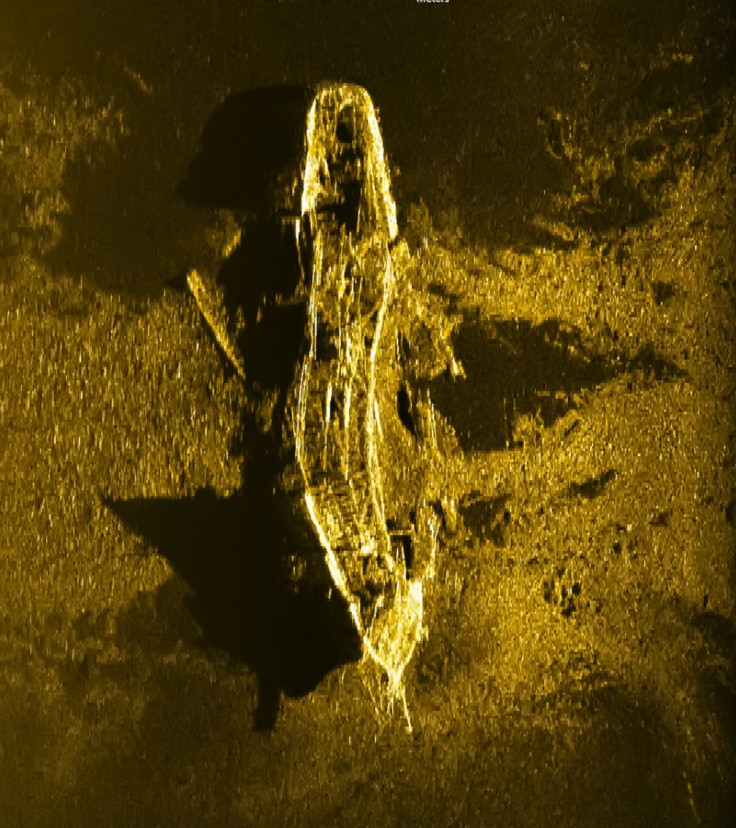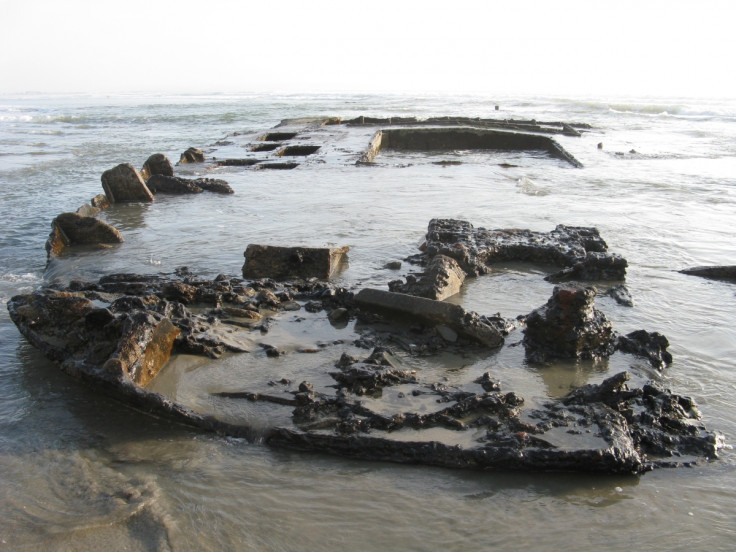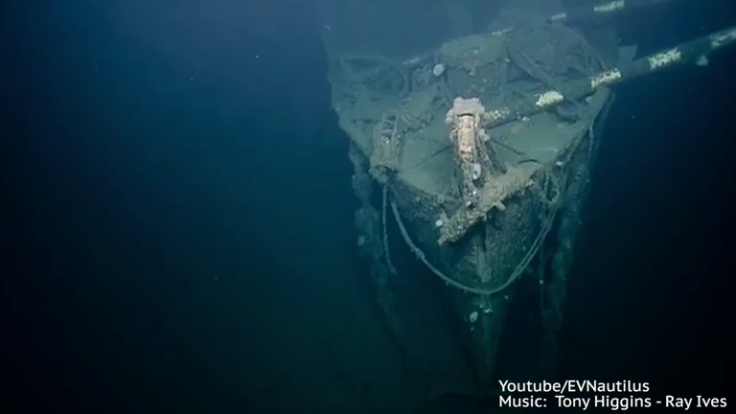Antikythera, Lusitania and the 'Sin Ship': Amazing shipwrecks discovered around the world
From WWII aircraft carriers to Roman-era wrecks, here are some of the most fascinating discoveries so far.

Since the remains of the Titanic was discovered two miles below the Atlantic in 1985, it has arguably become the most famous shipwreck in the world. The luxury liner had lain undisturbed 370 miles off the coast of Newfoundland since 14 April 1912, when it struck an iceberg and sank during its maiden voyage to New York.
Divers and researchers have reached the some of the least explored regions of our oceans to unearth more long-lost, ancient sunken vessels around the world. From Second World War aircraft carriers to Roman-era wrecks, here are some of the most amazing discoveries so far.
Accidental discovery

In 2015, investigators discovered a 200-year-old shipwreck while searching for the missing Malaysia Airlines flight MH370. Hopes were raised when an autonomous underwater vehicle scouring the seabed of the southern Indian Ocean picked up data which indicated a man-made object was in the area.
Upon closer inspection, a high-resolution image confirmed the find was not the missing jetliner, but a 200-year-old iron or steel vessel. The Joint Agency Coordination centre, which was leading the search for MH370, confirmed the discovery.
SS Monte Carlo

The SS Monte Carlo was an oil tanker that later became a gambling and prostitution ship, which during prohibition in the US, allowed revellers to indulge their vices in international waters. In 1937, the "Sin Ship" was wrecked during a storm and drifted onto a Californian beach, where it was left unclaimed.
Earlier this year, storms caused by El Nino shifted sands around the 300ft vessel, finally unearthing the ship after decades. The SS Monte Carlo can now be seen when tides are low.
Antikythera

The shipwreck is more than 2,000 years old was first discovered in 1901 by sponge divers. It is famous for holding what is considered to be the world's oldest analogue computer, the Antikythera mechanism, which the ancient Greeks used to track the positions of the sun and the moon.
The ship is believed to have sunk between 70 BC and 60 BC. Divers and explorers have discovered more than 300 artefacts in the wreck, including a giant bronze spear, statuettes and jewellery. In September, experts from the Hellenic Ministry of Culture and Sports and Woods Hole Oceanographic Institution (WHOI) excavated and recovered a human skull, including a jaw and teeth, as well as arm and leg bones arms and ribs.
USS Independence

The location of wreckage of a Second World War aircraft carrier, the USS Independence, was confirmed off the coast of California in 2009. It was used as a target during atomic bomb tests at Bikini Atoll in the Pacific in the 1940s, before being deliberately sunk in 1951 near San Francisco to test the impact of new torpedo warheads.
Last year, scientists discovered the carrier was resting upright 790m underwater off California's Farallon Islands. Astonishingly, sonar images of the sunken carrier suggested that a fighter plane was still stuck inside.
Lusitania

On 7 May 1915, a German U-boat fired a torpedo at the RMS Lusitania, causing the huge ocean liner to list precariously and then sink in less than 20 minutes. The attack killed 1,198 passengers and crewmembers, including 128 Americans. The wreck lies 300 feet below the sea off Kinsale on the Irish coast. The way the ship rested on the seabed obscures the hole where the torpedo hit the vessel.
More from IBTimes UK
© Copyright IBTimes 2025. All rights reserved.





















